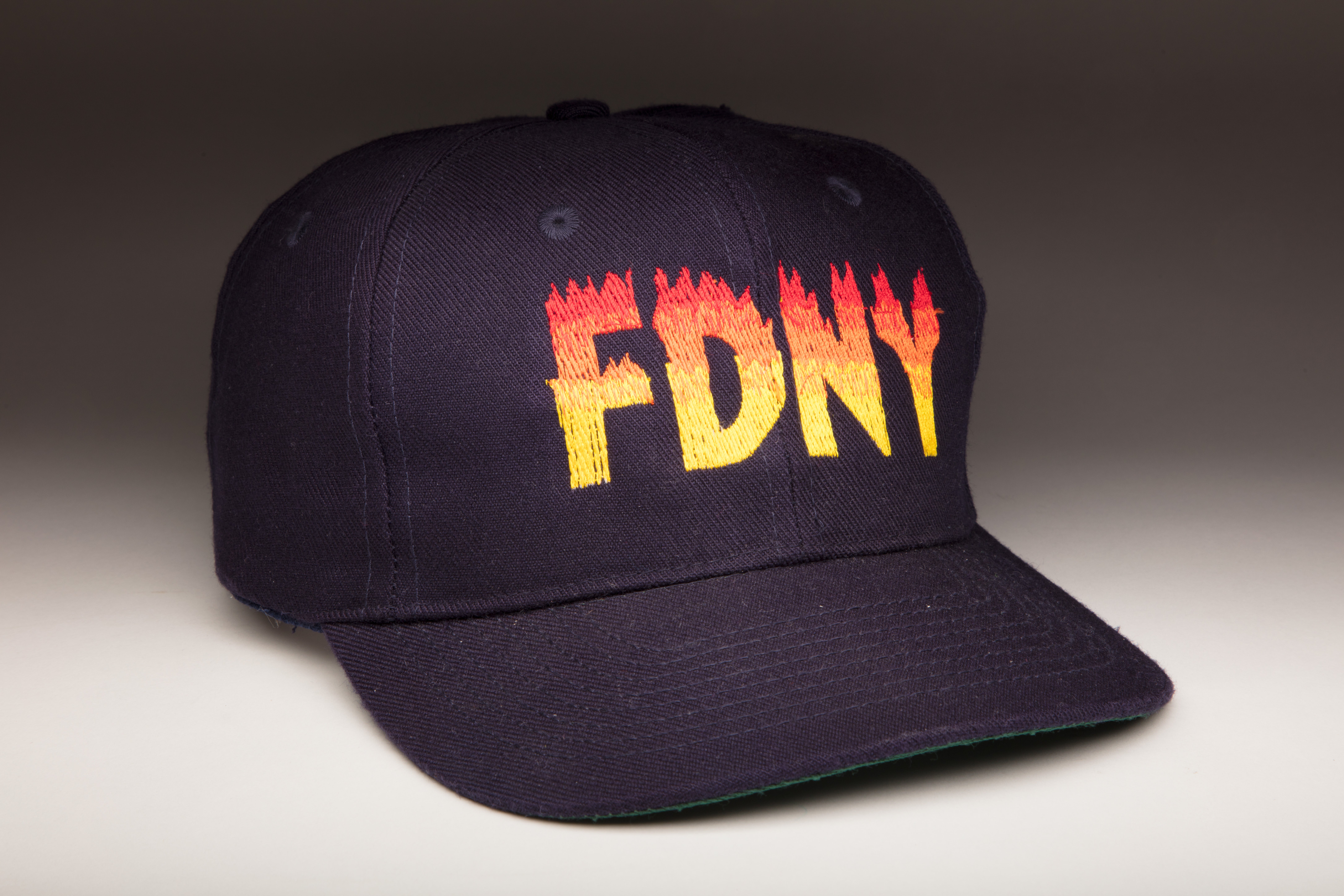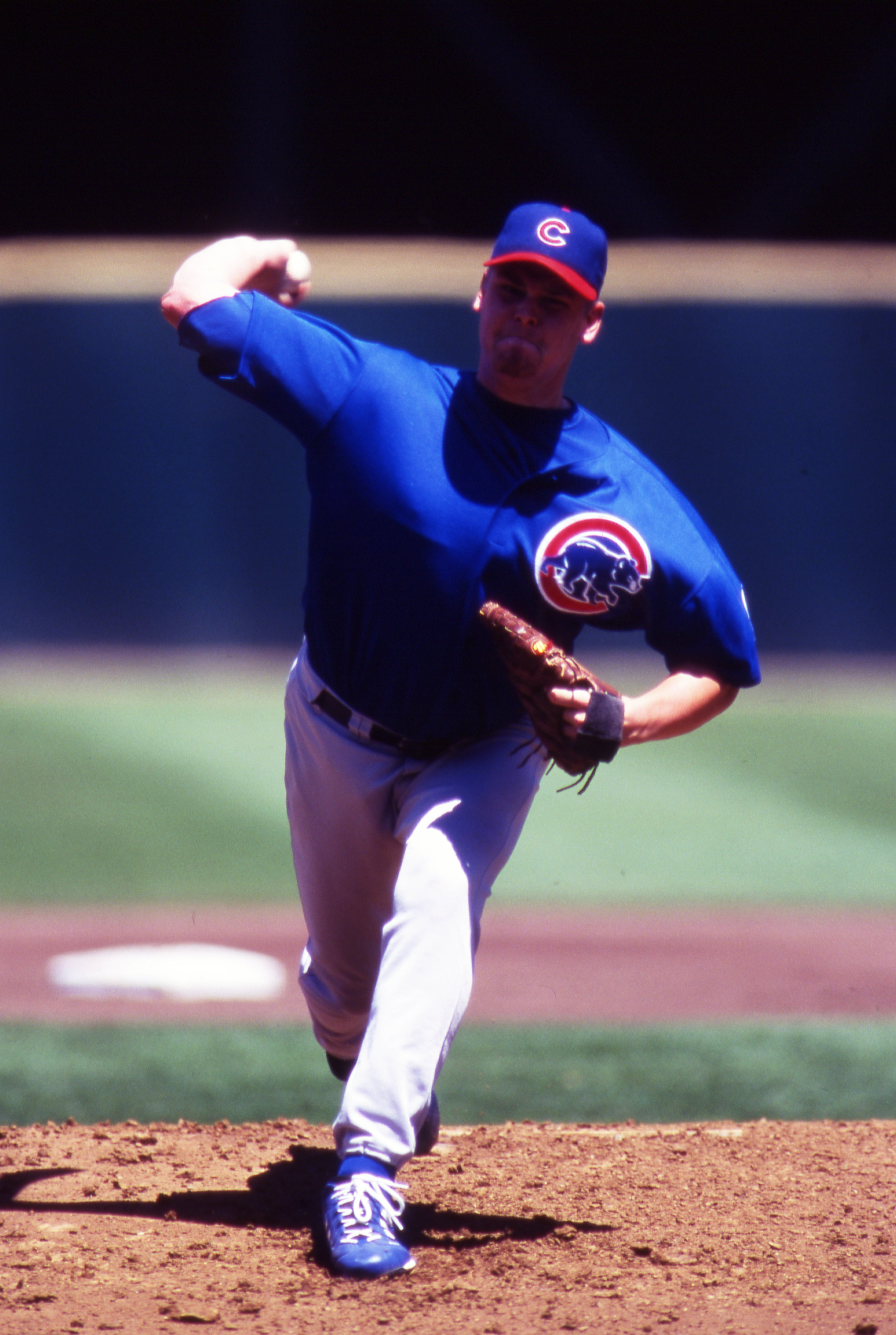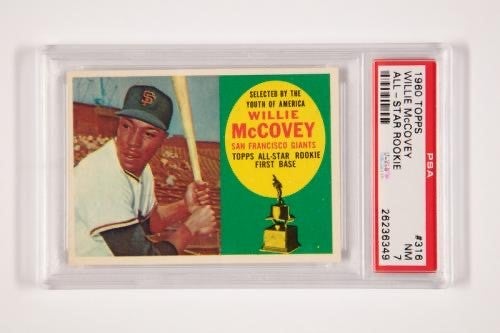- Home
- Our Stories
- Vance invincible down the stretch in 1925
Vance invincible down the stretch in 1925
On Sept. 8, 1925, Nelson Louis “Chicken” Hawks of the Phillies singled to right field in the second inning against Brooklyn’s Dazzy Vance at Ebbets Field – the only baserunner Vance would allow that day.
Five days later, Hawks scored the only run of the game for the Phillies in a 10-1 Dodgers win. And this time, Vance did not allow a hit.
For Vance, it was a fitting stretch run to a two-year period where he was the unquestioned king of the mound. And he did it age an age – 34 – when many pitchers of his era were focusing on retirement instead of retiring batters.
“A lot of kids today want to quit when they’re 31,” Vance told the Tampa Times in 1955 when he was elected to the Hall of Fame. “So I just give them a pep talk, using myself as an example.”
Official Hall of Fame Merchandise
Hall of Fame Members receive 10% off and FREE standard shipping on all Hall of Fame online store purchases.
Vance debuted in the big leagues in 1915 but control problems often relegated him to the minors – and he did not secure a permanent spot in the majors until age 31 when Brooklyn put him in its rotation in 1922. That marked the first of seven straight years where Vance led the NL in strikeouts.
“When the greatest of all Brooklyn pitchers was fogging them over for the Dodgers, the right sleeve of his sweatshirt was an unsightly rag, a flapping thing of shreds and tatters,” wrote Red Smith, the winner of the Baseball Writers’ Association of America’s Career Excellence Award in 1976. “Daz would hide the ball until the last instant and then if the batter was lucky, he would see something white rocketing toward him out of distracting flutter of dry goods.”
In his Sept. 8 one-hitter over the Phillies, Vance faced just 27 batters as Hawks was thrown out trying to steal to end the second inning. Vance did not allow a ball to be hit out of the infield for six innings after Hawks was thrown out.
On Sept. 13, Hawks led off the second inning by reaching second base on an error before advancing to third on a passed ball and scoring on a sacrifice fly. Vance then retired the Phillies in order over the next seven innings to complete the no-hitter.
Vance finished the 1925 season with a record of 22-9 on the heels of his 28-6 mark the year before. He would be a regular in the Dodgers’ rotation through his age-42 season in 1932 and remained active through 1935 – even pitching a game for the Cardinals in the 1934 World Series.
He finished his career with a record of 197-140 with a 3.24 ERA and 2,045 strikeouts. He was the only pitcher in the offensively-charged 1920s to post two seasons (1924 and 1928) with a WAR of 10.0 or better.
“I had heard about Vance and how he threw his fastball past the batters,” said Dick Bartell, who played 18 years in the big leagues and averaged about 50 strikeouts per season. “But he looked so lackadaisical and so nonchalant as he strode to the mound I asked myself: ‘How can this fellow have speed?’
“I soon found out. I went up twice and went down twice. He struck me out each time. I choked up on my bat so much that nobody could tell which end I used for hitting. It didn’t matter much that day.”
Craig Muder is the director of communications for the National Baseball Hall of Fame and Museum
Related Stories

#Shortstops: Heroes’ hat

#Shortstops: Kerry’s history

#Shortstops: Bionic Man

#Shortstops: The Kids are All Grown Up

#Shortstops: Heroes’ hat

#Shortstops: Kerry’s history

#Shortstops: Bionic Man


